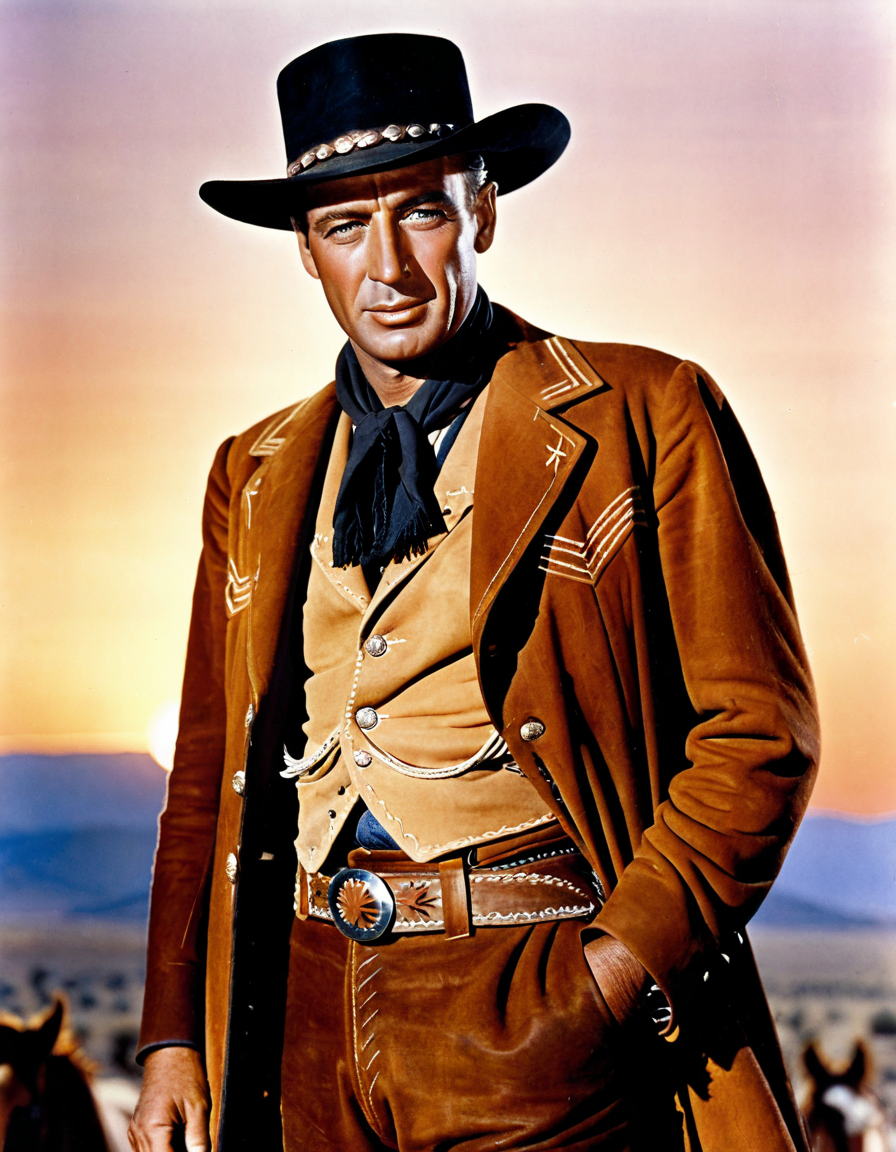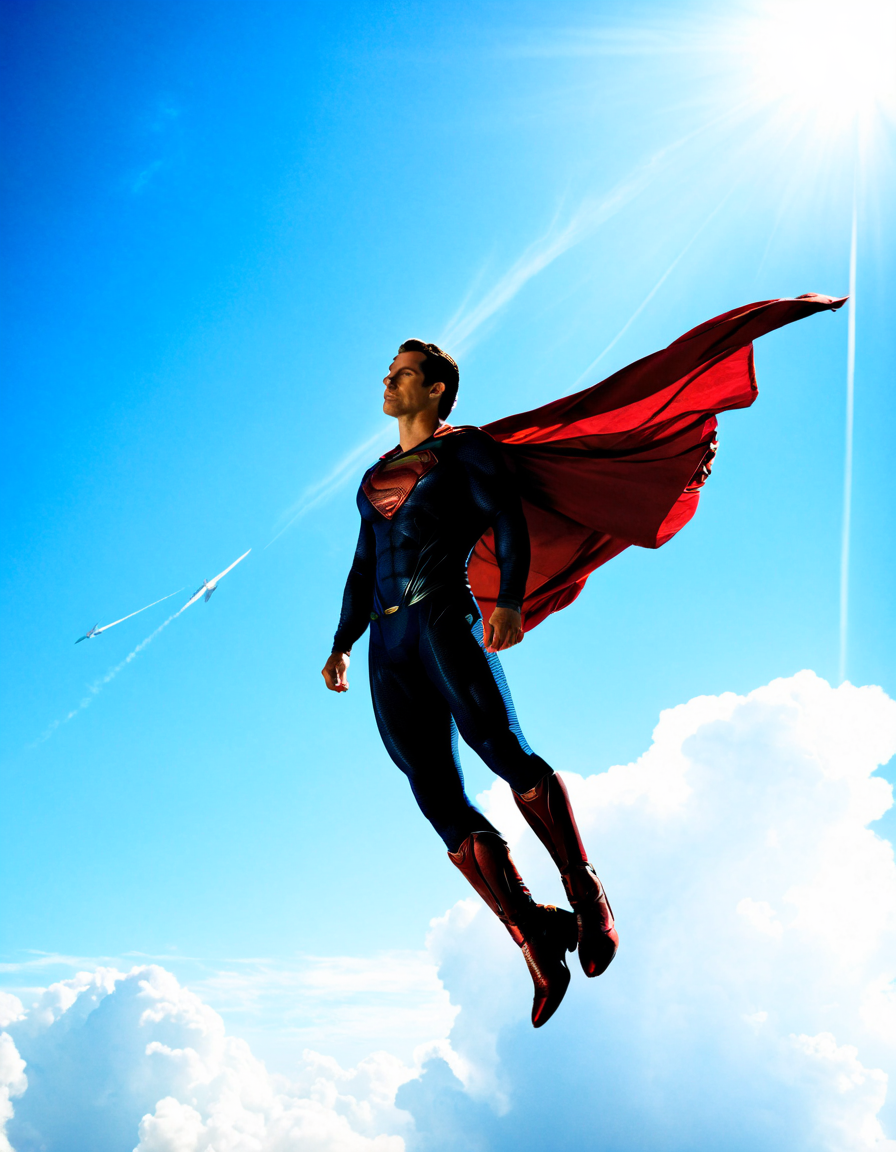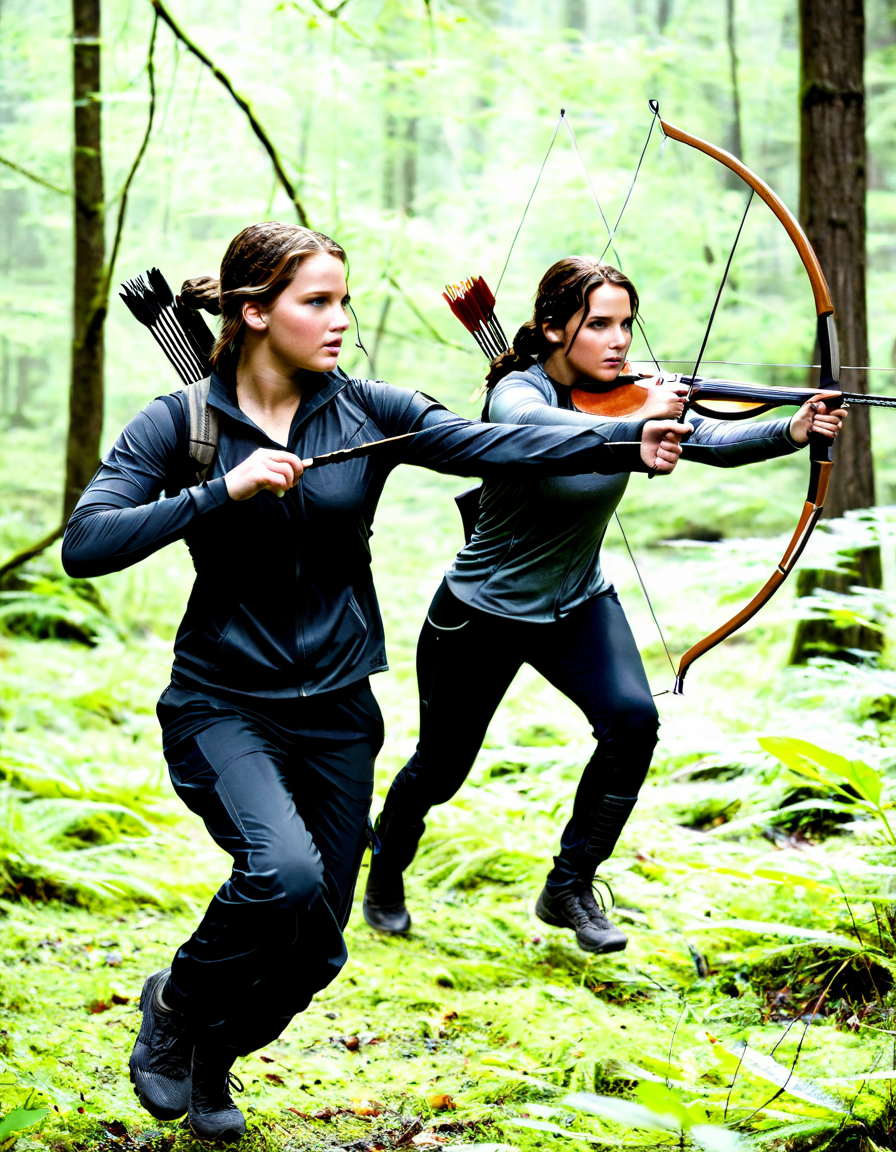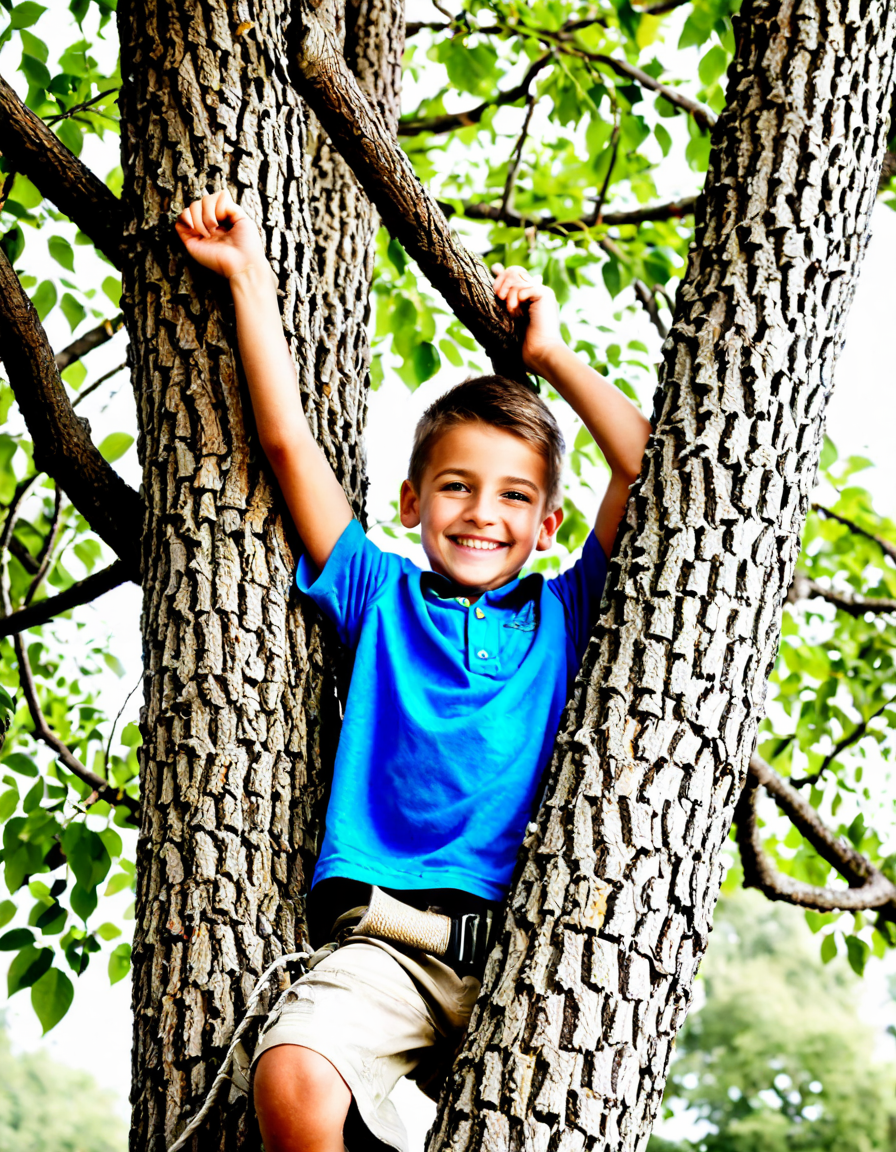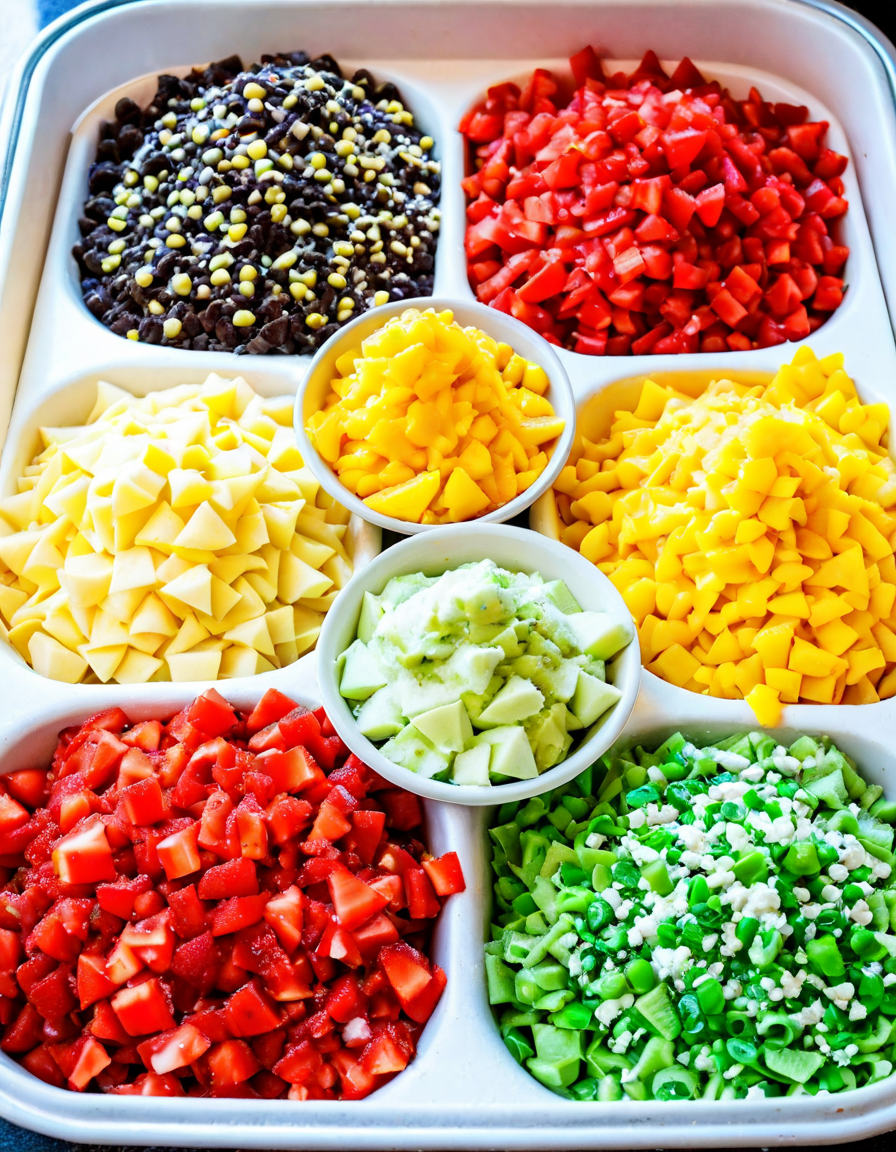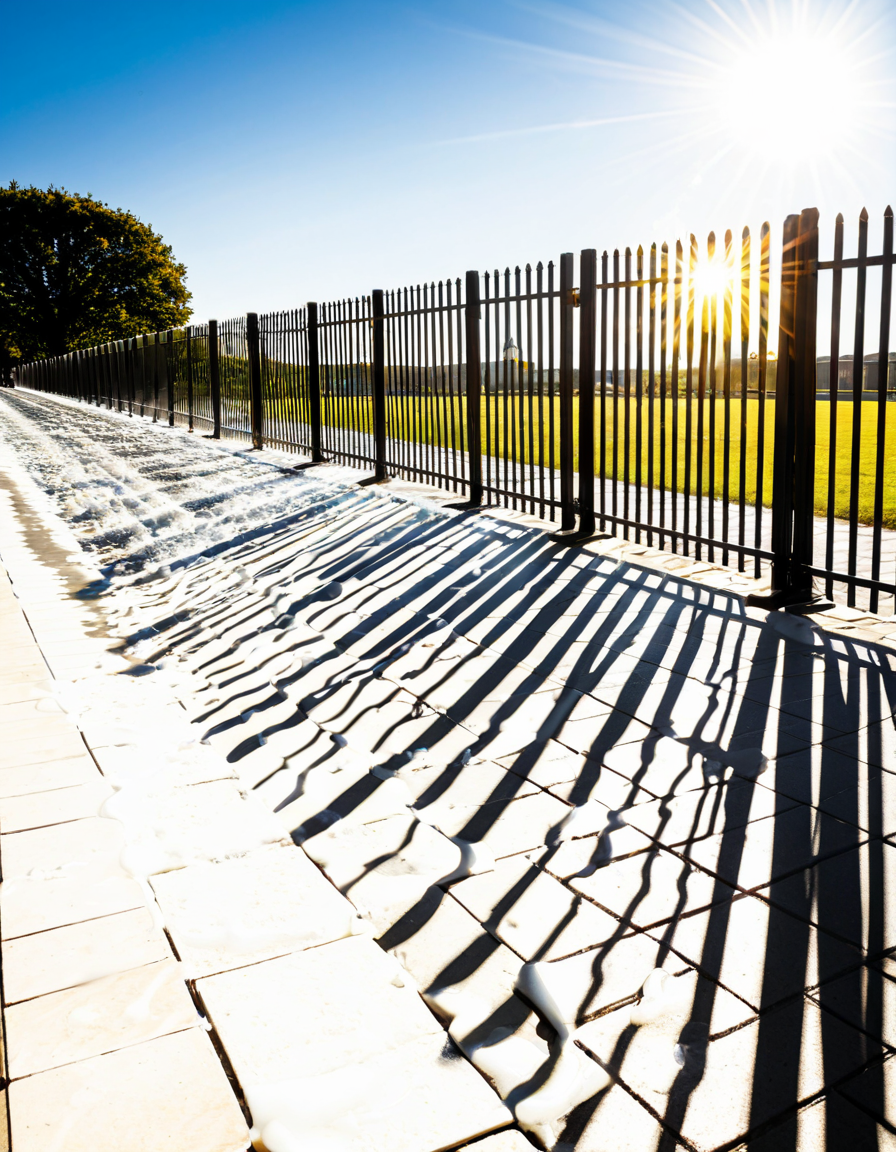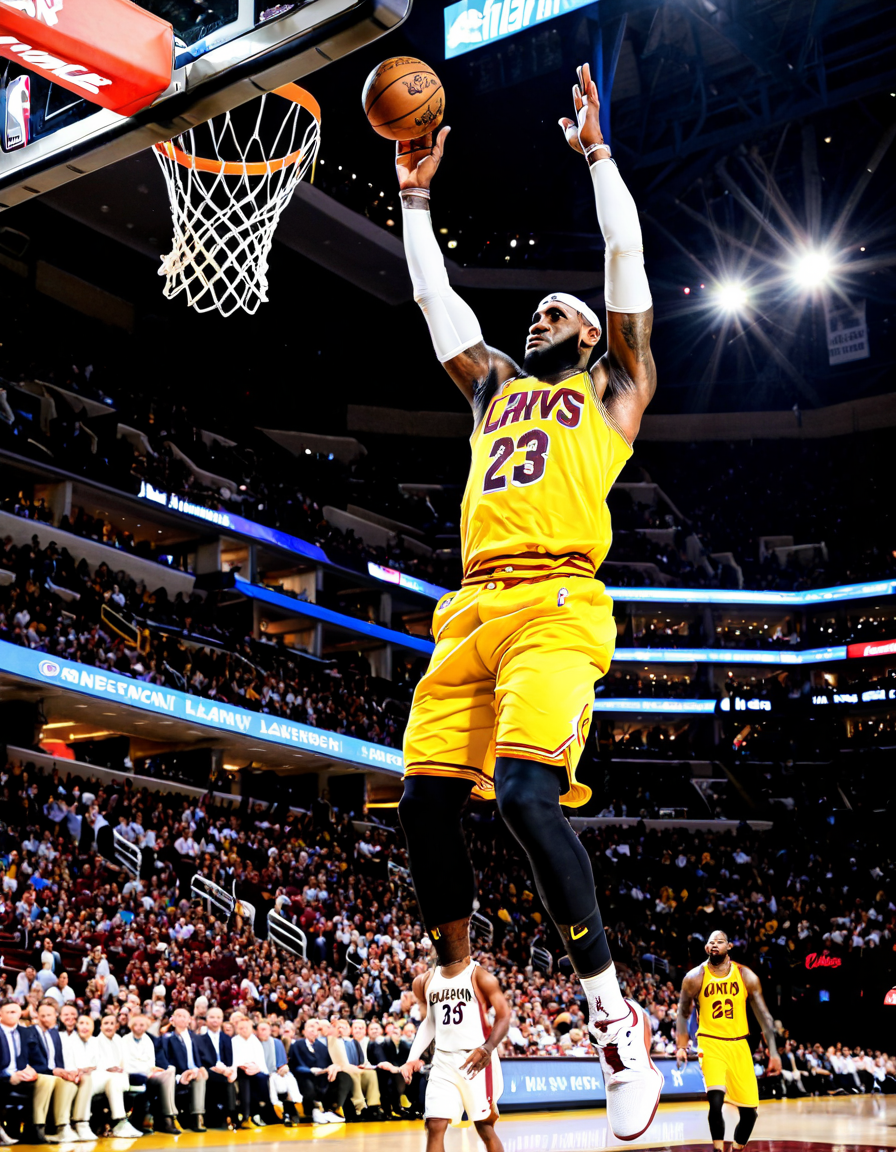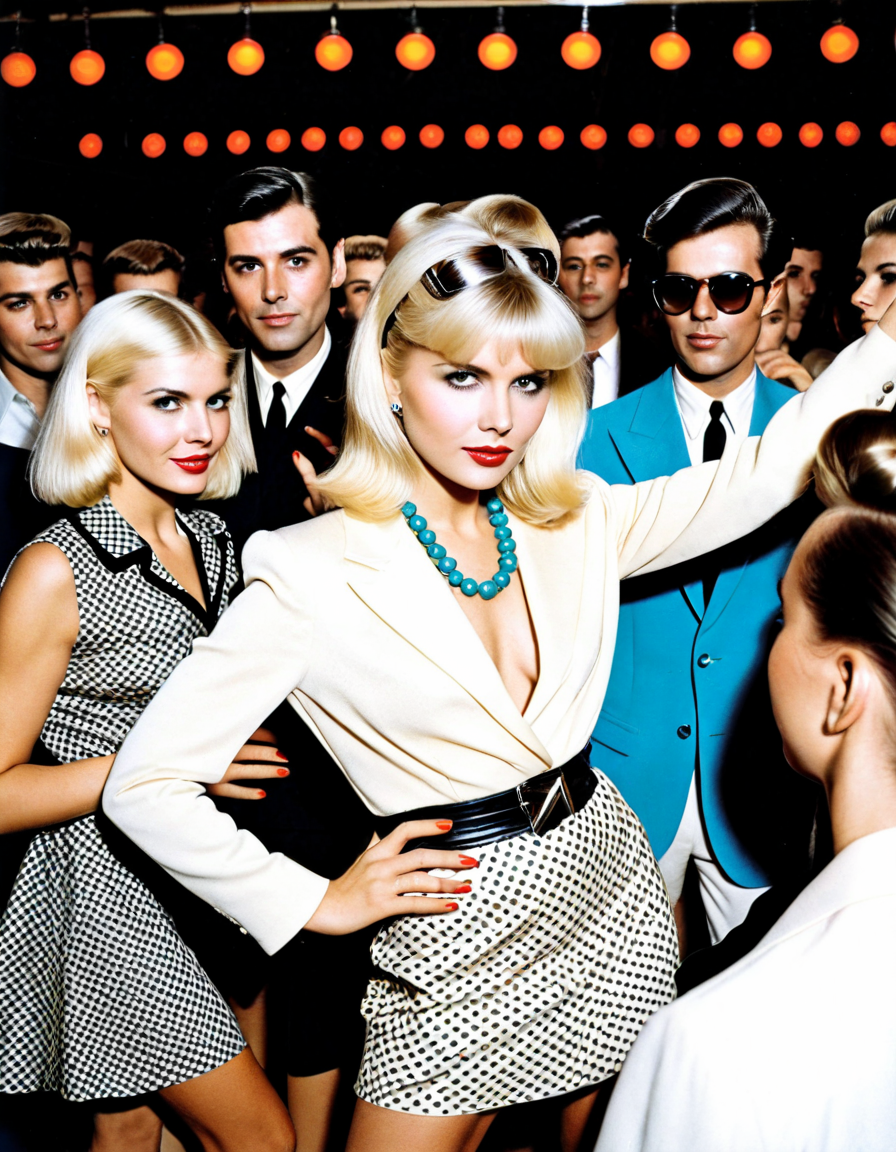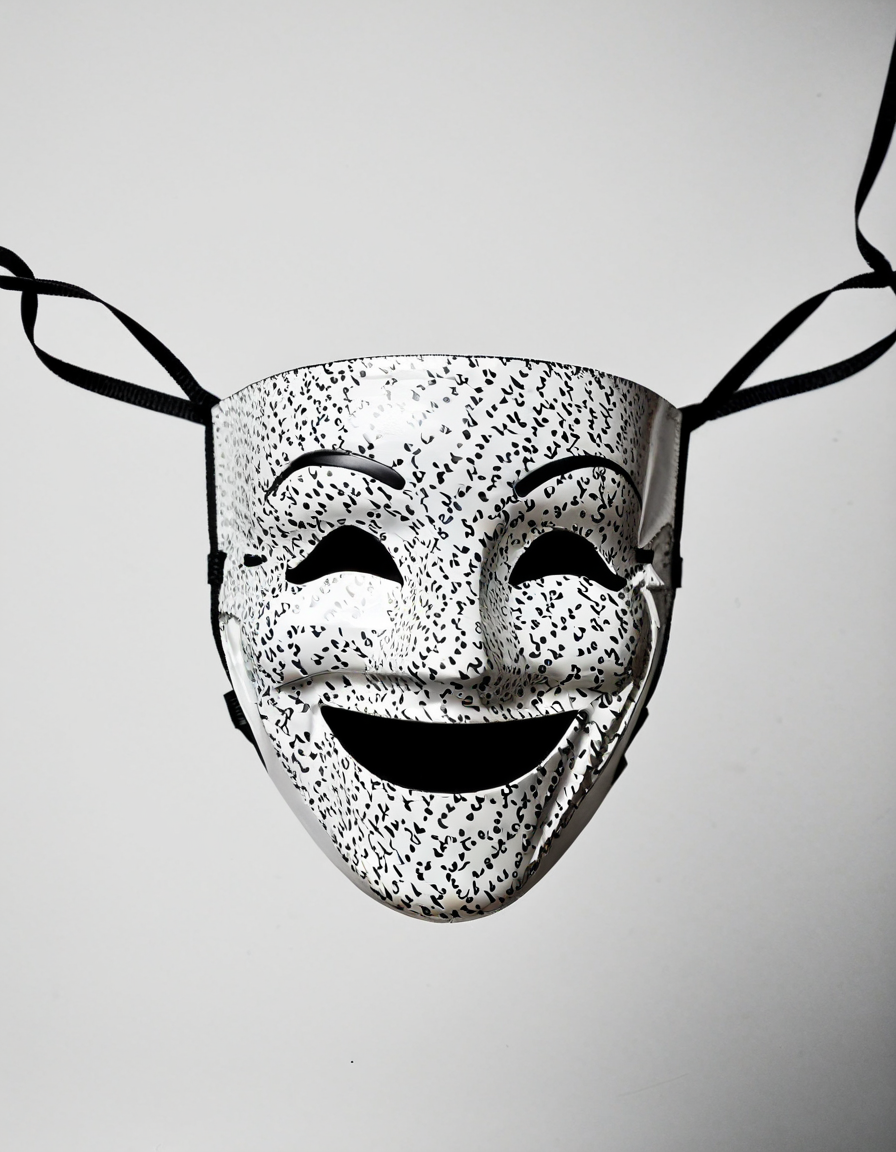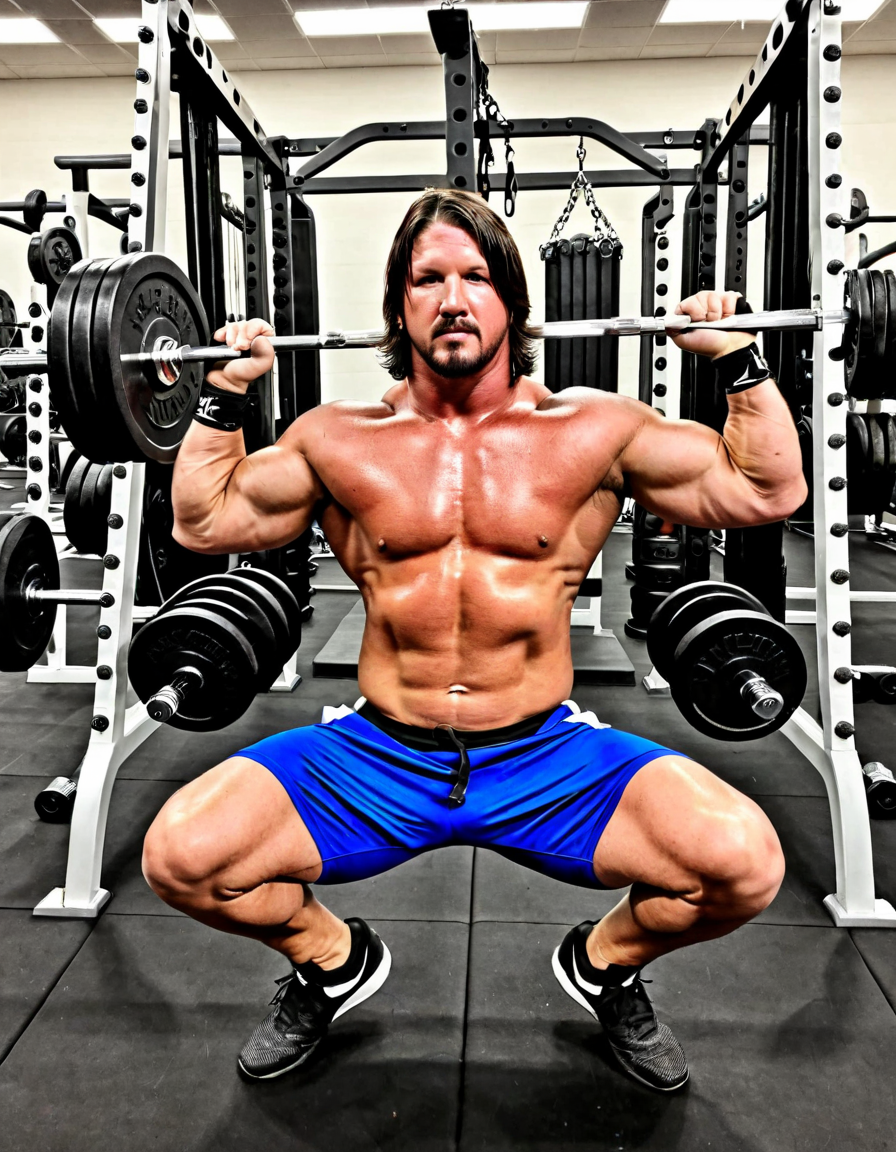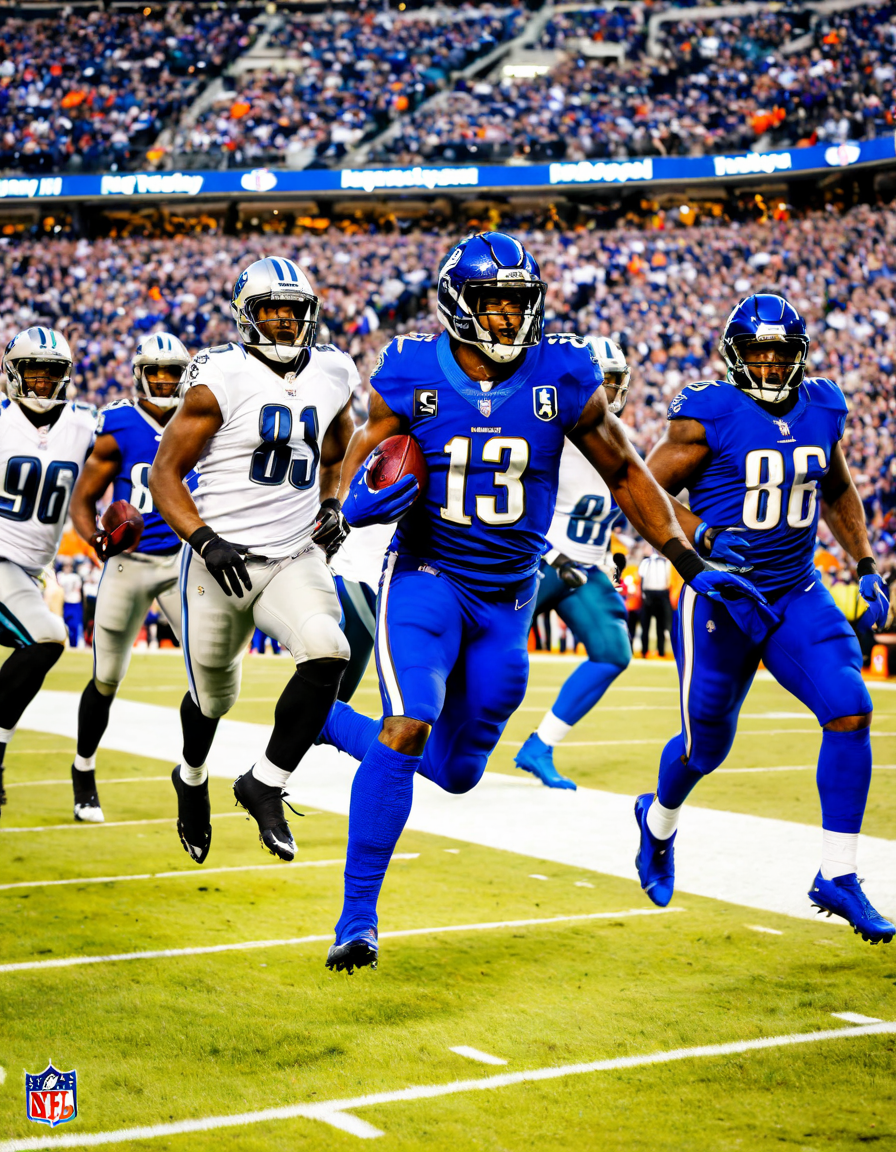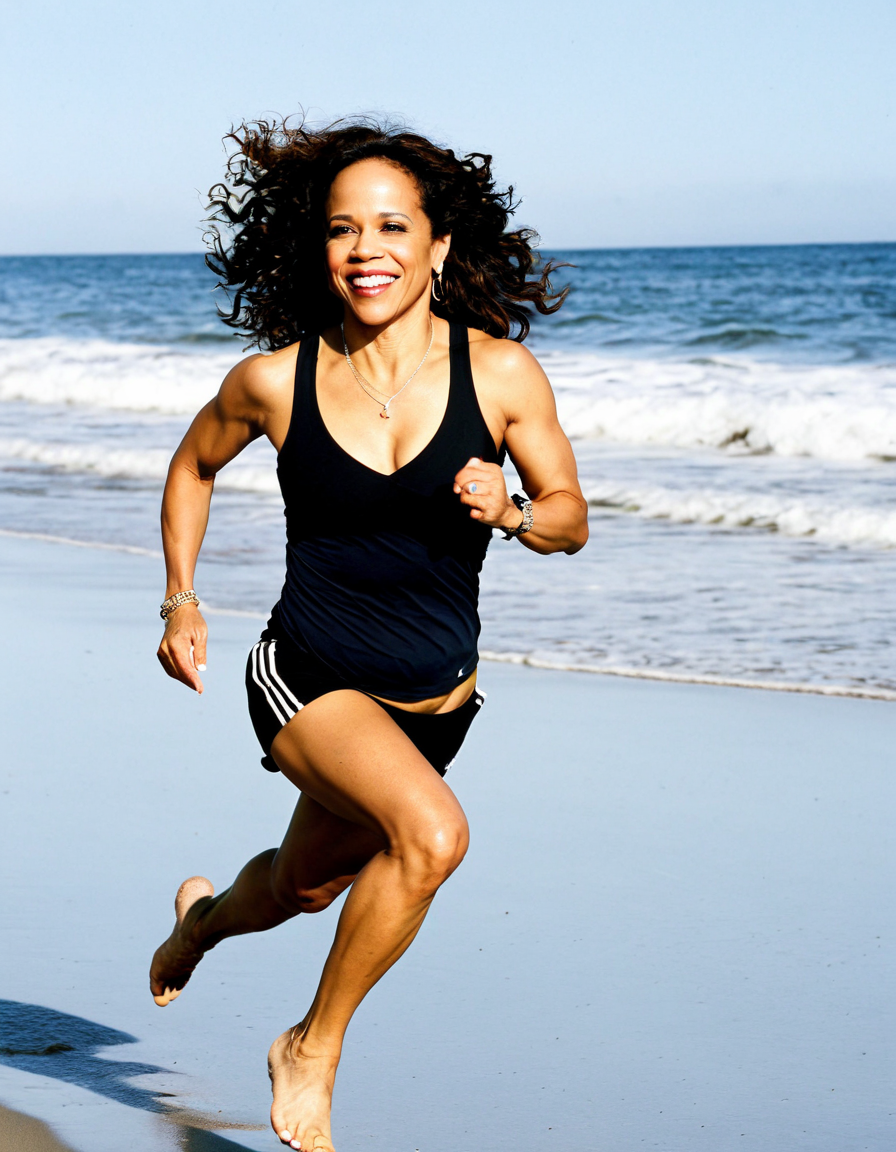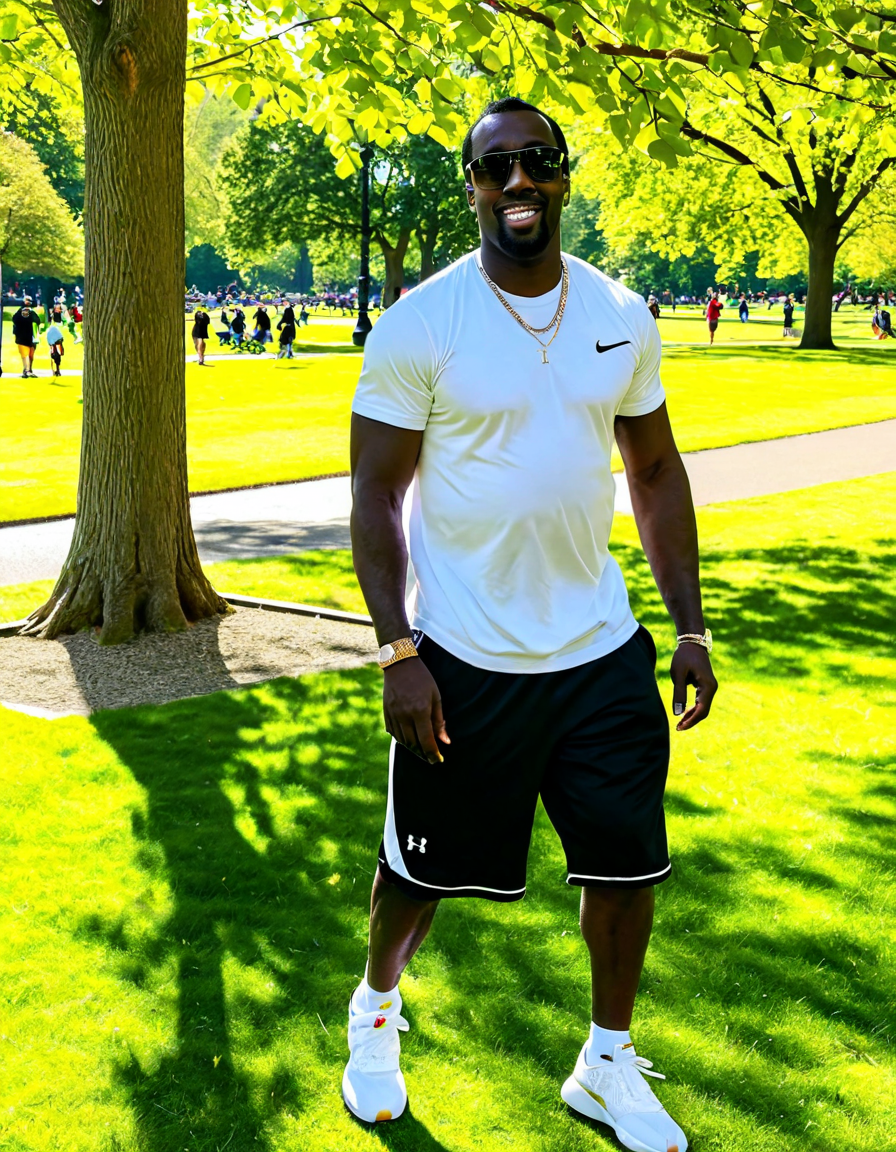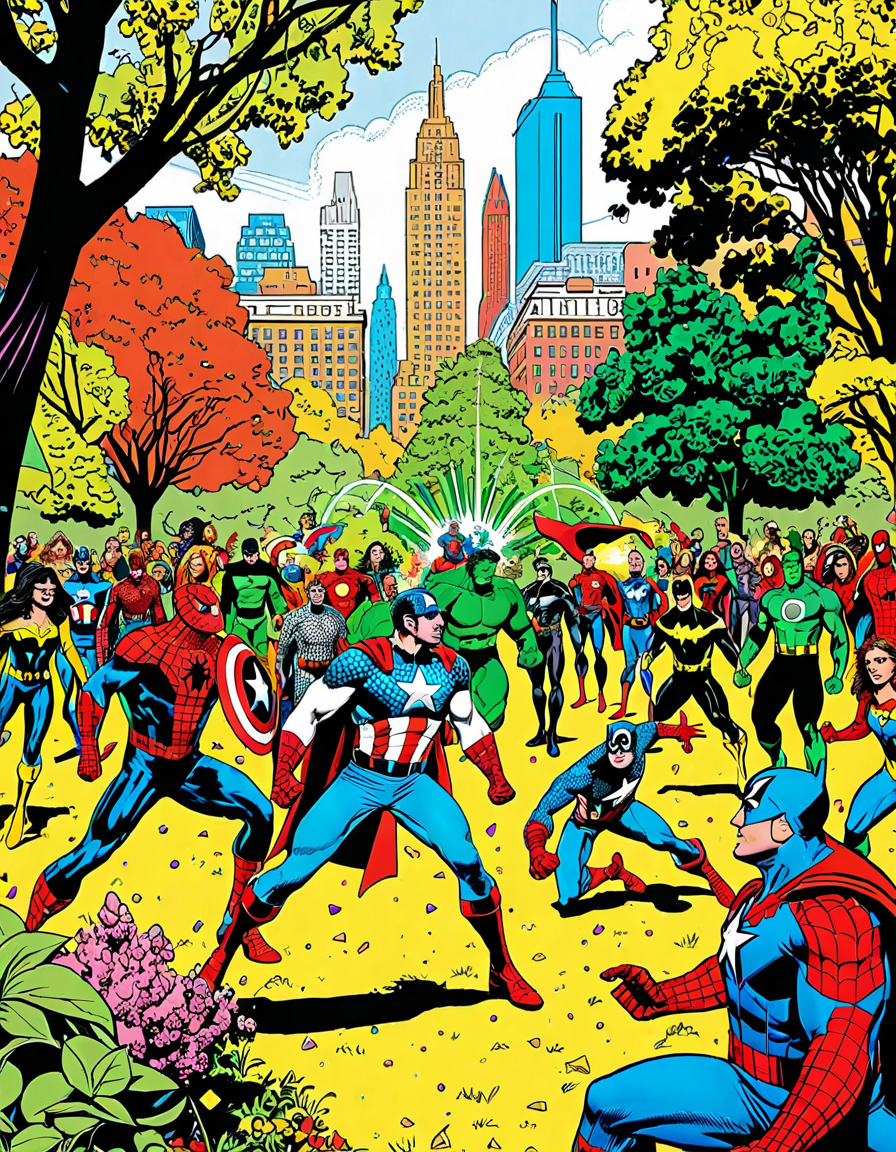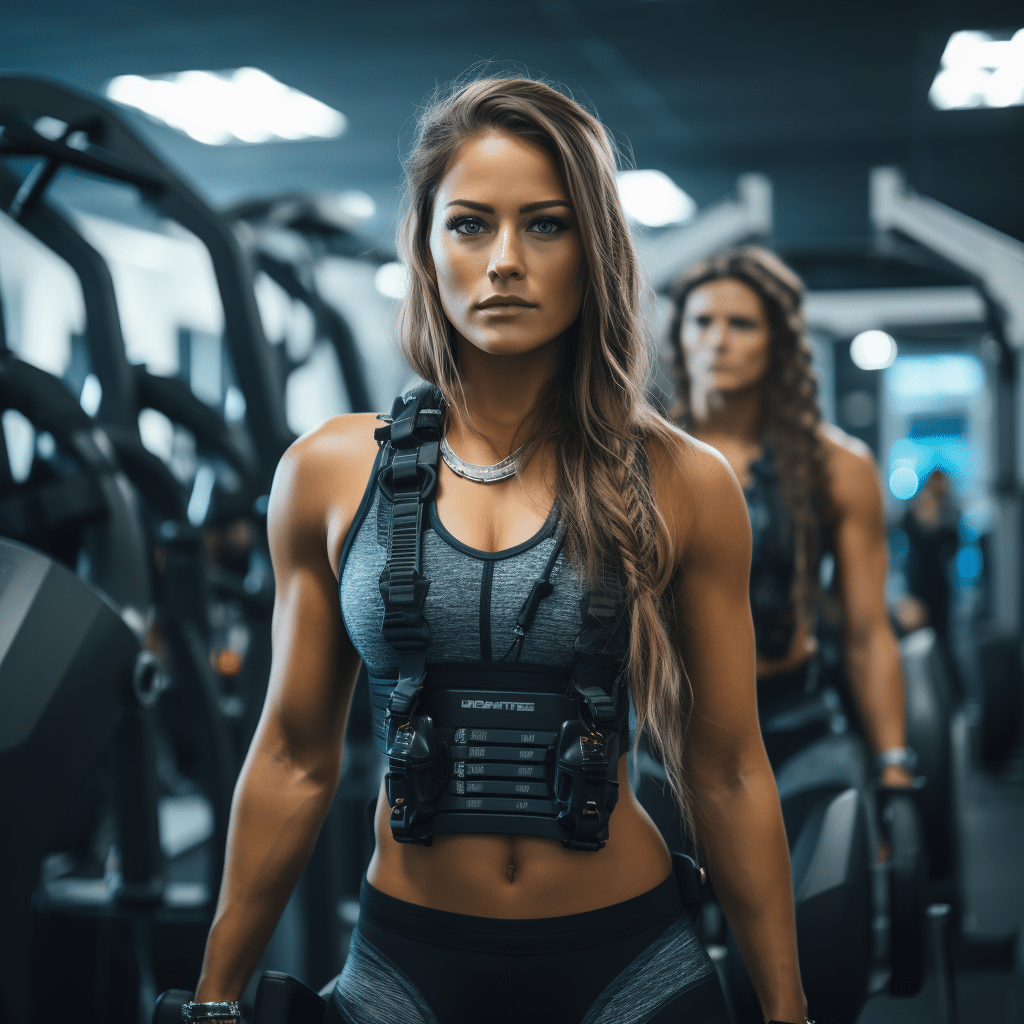Prejudice is a powerful force that intertwines itself within the fabric of our lives, shaping the way we perceive and interact with others. It refers to preconceived opinions or judgments about individuals based on their membership in a certain group, often without a scrap of knowledge or understanding about who they truly are. This bias can show up in a number of ways—ranging from racial and gender prejudices to socio-economic disparities—and it dramatically impacts personal interactions and broader social structures. To effectively tackle the pervasive effects of prejudice, we first have to understand its roots and implications. For instance, a revealing study from the American Psychological Association showcases how implicit biases during hiring can lead to the underrepresentation of people of color in various industries, which only reinforces ongoing systemic inequality.

Top 5 Ways Prejudice Influences Our Lives
Workplace bias isn’t just an abstract term; it has real-world implications. Companies like Google have rolled out initiatives to address biases in their hiring processes. Yet, research from the National Bureau of Economic Research highlights a stark reality—job applicants with “African American-sounding” names got 50% fewer callbacks than those with “white-sounding” names. This is eye-opening and shows how prejudice can limit employment opportunities based on something as trivial as a name.
Shockingly, prejudice doesn’t stop at the workplace; it reaches into our healthcare systems too. A report from the Centers for Disease Control and Prevention (CDC) makes it clear that racial minorities often receive inferior healthcare. For example, Black patients are significantly less likely to receive life-saving pain medication compared to their white counterparts. This alarming trend reveals just how deep-seated and damaging prejudices can be in the context of health and wellness.
The journey through education isn’t without its hurdles, especially for students of color. Studies highlight that these students face harsher disciplinary actions than their white peers for similar behaviors. According to a U.S. Department of Education report, Black students are three times more likely to be suspended than white students, which creates a bleak cycle affecting their educational outcomes and future opportunities. If we don’t address these prejudicial practices, we’re trading potential for bias.
Have you ever noticed how marginalized groups are portrayed in the media? This representation plays a significant role in perpetuating stereotypes. The lack of diverse representation often leads to one-dimensional characters, reinforcing society’s prejudices. A movie like “Black Panther,” featuring a predominantly Black cast and crew, has been critical in challenging these norms, showcasing cultural richness while breaking away from simplistic portrayals.
Prejudice can also mold the narratives we accept as societal norms. Take the discussion around immigration policy, for instance, where immigrants are frequently depicted as burdens on society. The Pew Research Center found that changing the narrative can actually boost public support for immigrants, highlighting the importance of advocating for narratives that promote unity instead of division.

The Role of Education in Combatting Prejudice
Education wields a powerful impact in changing how we perceive prejudice. Programs focused on nurturing empathy, like anti-bias training in schools, demonstrate significant effectiveness in dismantling prejudicial mindsets. For example, the “Redefining Cultural Norms Initiative” has seen remarkable progress in New York public schools, reporting a 40% decrease in teasing related to race and gender identity. When we equip kids with the tools to embrace diversity, we give them a better future.
Further, curriculum adjustments that include comprehensive discussions on cultural competence can enrich students’ perspectives. By exposing them to different backgrounds and experiences, we cultivate open-mindedness and understanding. This proactive approach can lead to a generation more tolerant and accepting of others, reducing prejudice significantly.
Additionally, integrating stories from diverse communities into educational material can highlight shared humanity. Reading real-life experiences promotes understanding, breaking down barriers the way a workout breaks a sweat. We need to make sure everyone feels included in the conversation and feels comfortable sharing their truths.
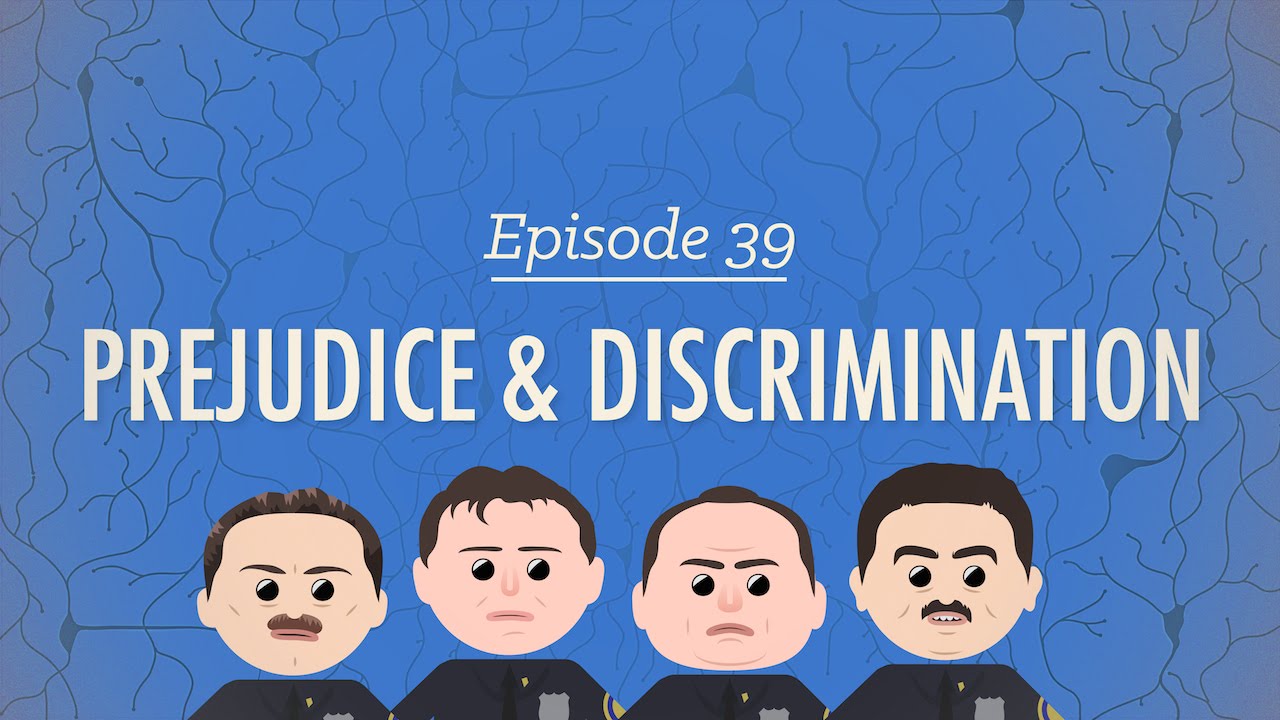
Actions that Inspire Change: Personal and Collective Responsibility
So, what can each of us do on a personal level to battle our own biases? Start by engaging in community dialogues. Get involved in forums that tackle racial and social issues; these can open up channels for understanding and collaboration. Organizations like The People’s Institute for Survival and Beyond offer workshops designed to promote understanding, aiming to dismantle racism on a community level and fostering real change.
Another way to make an impact is by supporting brands that prioritize inclusivity. Companies like Fenty Beauty and Aerie are setting the bar high by championing representation in beauty standards. By choosing to spend our money on inclusive brands, we create a ripple effect that holds the industry accountable.
Lastly, advocating for policy changes is crucial. Grassroots movements like Black Lives Matter are pivotal in raising awareness and steering national discussions around systemic racism. By encouraging lawmakers to rethink and refine policies, we’re working towards a societal structure where justice is truly equitable for all.

Cultivating Empathy as a Countermeasure to Prejudice
One powerful strategy in combating prejudice lies in the promotion of empathy. Storytelling initiatives, where individuals share their experiences with discrimination, have been shown to make a tangible difference in fostering understanding among diverse communities. Projects like StoryCorps serve as platforms for people to narrate personal stories that humanize complicated social issues, bridging gaps between different cultural and racial backgrounds.
Moreover, empathy can be practiced in our everyday interactions. When confronted with someone different from us, we can ask questions and actively listen to their experiences. This simple act can cultivate deeper connections, reducing prejudice on both sides. The beauty of empathy is that it encourages vulnerability and authenticity, shedding light on shared experiences we often overlook.
Finally, empathy education in schools can have a long-lasting impact on future generations. By incorporating cultural awareness and understanding into curricula, schools set the stage for a society where diversity is not just accepted but celebrated enthusiastically.
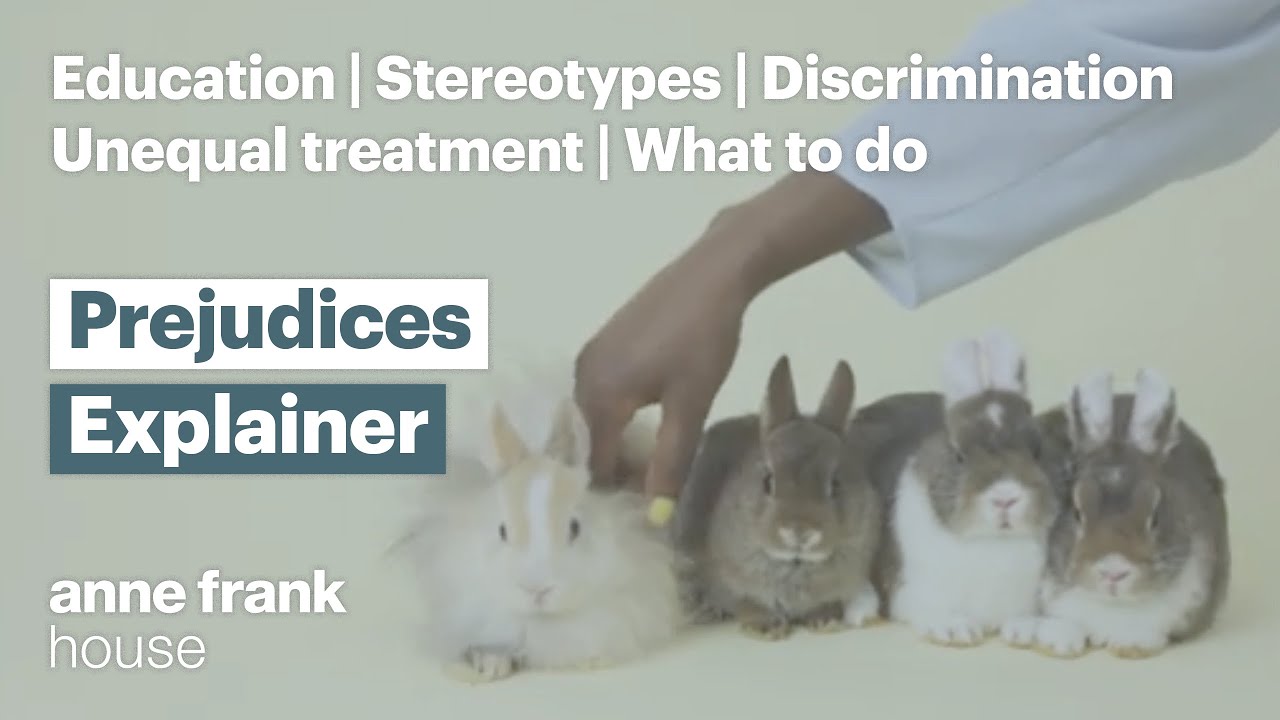
Envisioning a Prejudice-Free Future
To shape a world free from prejudice, we must commit wholeheartedly to inclusivity, equity, and understanding. Innovative educational programs, inclusive dialogues, and thoughtful consumer choices hold the power to transform society. Every small action contributes to a collective momentum aimed at dismantling prejudicial structures.
Let’s dedicate ourselves to fostering empathy and understanding, creating an environment where diversity is embraced. It’s our responsibility to cultivate a community where every person feels valued for their individuality. By doing so, we lay a foundation for a future where the chains of prejudice are broken once and for all. In this shared journey, we can effect change, empowering voices that have long been silenced!
Let’s be the change we want to see and make the world an emotionally richer place for everyone.
Prejudice: A Look Inside Our Collective Mind
Prejudice is a powerful force that shapes thoughts and behaviors across societies. It can color our perceptions of people from different backgrounds, influencing how we interact with one another. Did you know that the 1938 radio broadcast of War Of The Worlds caused mass panic? This fascinating event is a prime example of how misunderstanding can lead to misguided actions—even in seemingly innocent media. Just like the public’s reaction to that broadcast, prejudice can spark irrational behaviors that ripple through communities.
The Many Faces of Prejudice
From school shootings to sports rivalries, prejudice shows up in unexpected places. For instance, take the tragic case of the Brooklyn Lab School shooting. This event underscores how societal biases can lead to devastating outcomes. The question then arises: how can we combat these biases? One avenue might be to engage with diverse perspectives, much like how Angel Reese’s achievements at such a young age are celebrated regardless of rivalries. It reminds us that talent knows no age or background, encouraging us to appreciate what each individual contributes.
Change is Possible
Speaking of societal change, understanding and discussing prejudice openly is vital. Social media plays a role in this discourse; consider how public figures like Maggie Haberman use platforms like Twitter to tackle tough conversations. It’s a start! And while we may not have all the answers, learning about influential figures in history, such as Gary Cooper, can offer insights into overcoming societal challenges. Cooper’s rise in Hollywood amidst the prejudices of his time shows that change is possible through resilience and courage.
As we navigate this topic, let’s hold onto hope and take actionable steps. Whether it’s wearing a stylish Breitling watch to signify a personal commitment to change or enjoying nostalgic films featuring Nathan Fillion as a reminder of simpler times, there are numerous ways to inspire dialogue and foster understanding. Each individual can play a part in breaking down the walls of prejudice, paving the way for a more inclusive future.

